MBDA has formally unveiled STRATUS as the new name for the Future Cruise/Anti-Ship Weapon (FC/ASW) programme, marking a shift into its development phase and revealing updated missile designs.
The announcement came at DSEI in London, where UK Minister of State for Defence Procurement and Industry Luke Pollard and Gaël Diaz De Tuesta of France’s DGA presented two models: STRATUS LO (Low Observable, formerly TP15) and STRATUS RS (Rapid Strike, formerly RJ10).
The programme is delivering two complementary but distinct systems. STRATUS LO is a stealth-focused design optimised for survivability, while STRATUS RS emphasises speed and manoeuvrability. Both are intended for use across air, land and sea platforms, providing deep strike, anti-ship and suppression of enemy air defences in contested environments.
Eric Béranger, CEO of MBDA, said the unveiling reflected the strength of European cooperation. “These new advances on STRATUS are the result of France, UK and Italy’s strong commitment to develop Europe’s present and future critical capabilities. Maturing such a large portfolio of technologies in such a short amount of time has required a massive effort between the nations, and has again demonstrated the value of the MBDA cooperation model,” he said.
The project has recently concluded its assessment phase, which MBDA said confirmed the maturity of the technologies required for full development. More than 750 engineers across the UK, France and Italy are now working on STRATUS, positioning it as one of Europe’s most significant missile programmes.
The dual-track approach reflects a broader European ambition to retain sovereign long-range strike capability at a time of heightened demand for interoperability and resilience across NATO forces.


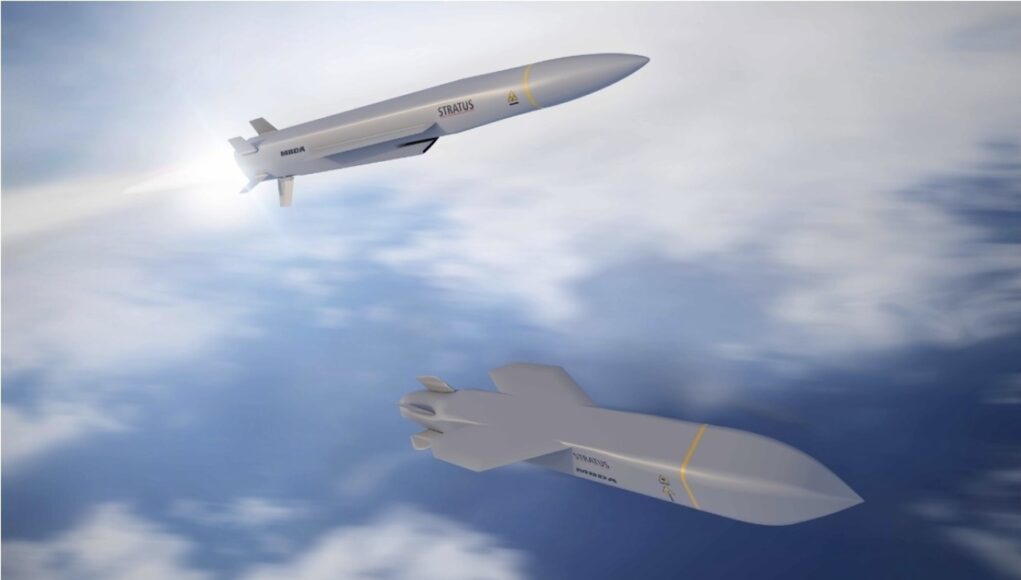
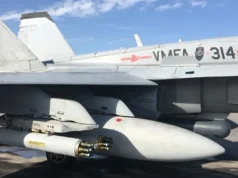

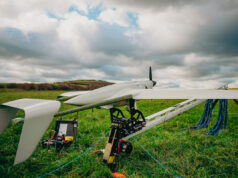
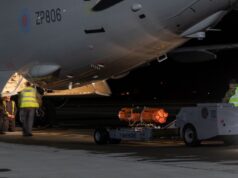
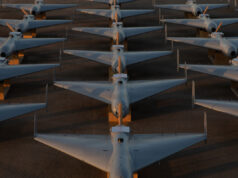

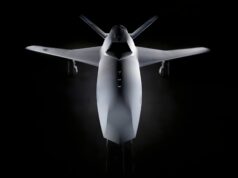
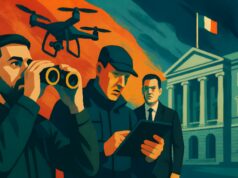



Good, now get on and build something because the T26s and T31s will need to fill the MK 41 VLS.
I am still holding out hope that TP15 will be ready for 2028, would give Type 26 some real teeth in Land/Anti Ship Strike. Whether the Type 31s get enough MK.41 VLS to hold these is another question …
16 cells it seems, with CAMM cells retained so there should be some for SSMs. Equally they could just mount the NSMs moved from retiring T23s to give a punch.
I wonder if TP-15 will replace the Tomahawk in RN service going forward 🤔
Interesting changes to the confirmed final design for the TP-15 (I’m not writing out STRATUS LO everytime). It’s now much closer to the Storm Shadow than the American JASSM/LRASM.
Makes sense to design something that we can afford a big stockpile of.
Indeed, and MBDA still clearly think it’s capable enough. I wonder if the survivability of the Storm Shadow in Ukraine has impressed more than expected.
That will have fed into it for sure.
Also the lessons learned, at the risk of repeating our last debate, this will have 2020’s tech rather than 1990’s tech at its heart! So it will be a big step forwards.
Absolutely! 👍
Leh, I was under the Impression that none of those launched, survived.
There was one..apparently it hit the AI singularity just before hitting a shipyard, become self aware, buggered off and landed safely on Uchkuevka Beach in Sevastopol and was last seen eyeing up the bar….some say it appears now and then for nighttime breach parties…kicking up a storm in the shadows.
I wonder what the rationale behind the stubby wings on LO is?
Maybe just to stop resonance across the width of the wing?
Small wings = less canvas.
There’s a side profile showing funky fin design, I posted it in the SP thread for the FC/ASW. I imagine that the fins were somewhat optimised against low-frequency arrays given that they’re dropped into the fuselage somewhat, rather than being prominent as they are on the Storm Shadow.
When MBDA talk about survivability, perhaps they’re aiming to avoid alerting air defences altogether. Prevent a long-range radar from giving adequate warning through a low-frequency stealth design, and you neutralise interceptor aircraft that rely on early warning to provide air defence.
That’s very strange, I wonder how they will fold for internal and VLS carriage?
Still no sign of an air intake, MBDA’s spooky new propulsion system might be stranger than first imagined…
It’s a hyperdrive, that’s why they’re so excited.
The enemy IADS can’t detect you if you simply teleport through the defended region, it’s Genius!
How can projects cope with constant rebranding? It’s currently endemic across the globe.
A rebrand can increase lethality by 10x at the stroke of a pen. Didn’t you know that this was the foundation of the government’s strategy?
Each platform needs a seriously scaaaary waaaary name.
Yes, you are correct SB. The British have always put the fear of God into their enemies with vehicle names. ‘Now look here, you chaps, if you don’t stop your nonsense, we will have no choice but to send in our Ferrits, and if that doesn’t work, then it will be either Dingos or Pigs!’
And when desperation calls, HMS Cockchafer shall be sent off
They are focused on sales now so they need to rebrand a name FC/ASW was always a program name.
That being said STRATUS is a terrible name for such an amazing weapon.
MBDA sales team you can do better.
We can’t replace Storm Shadow with STRATUS, it’s terrible 😀
Has aftershave vibes.
Blue Stratos. The feeling of freedom.
😂 if it was American it would have an awesome name like *Ass Kicker” or “Poseidon’s Fury”
Jim, did you see the CH3 uparmoured at the DESI…..a constantly changing machine.
Remand is normal when you move from capability acquisition to product realisation. The product needs a name that can be marketed on a wider basis.
It’s what happens when your GANTT chart is just a headache inducing sea of red.. rebranding resets everything to green before the last quarterly review meeting before you leave..then you can leave behind a successful on track programme…. Programme management 101.
It’s interesting how the program now mirrors the original LRASM which had a super sonic A Variant and a sub sonic B variant. In the end the A was cancelled on cost grounds and the B is the missile they have today.
Preferred Perseus as a name, although i’m aware that was only a predevelopment concept badge!
Interested to know what land-based platforms are going to use this, per the article. Unless they meant ‘surface’ and it it’s a reference to ships?
I presume guidance, sensors and warhead at the very least will be common, with body and propulsion individual to the different optimisations. Good idea if so.
Also on the MBDA stand was a mock up of 4 x Mk41 VLS, with quadpacked CAMM, CAMM-ER, dual-packed CAMM-MR and Aster 30 1NT.
It seems this was an export-focused display. There was no indication that RN would be going quad-packed. CAMM-MR is still in concept (a mention was made of a third country as a partner for MR, but I got the feeling that they were looking and hadn’t found anyone yet). Aster 30 still has not officially been tested in Mk41. So the display was a great teaser, but it doesn’t seem like anyone has actually moved things forward. There were pictures at the BAES stand of a “next generation” Artisan for the Type 26. I was told that the new single-panel Artisan radar was significantly more powerful and would synchronise well with the Aster in ballistic missile defence. Despite that, there was still no indication that the RN are planning on putting Asters in the Type 26.
If you believe the sales guys, it seems like these Navy missile systems are there for the taking, but when it comes to our frigates, we in the UK aren’t biting.
The indication of wanting to go quad-pack is that the RN wants to fit the Mk41 to its ships. The integration work for CAMM, CAMM-ER and CAMM-MR in the Mk41 is already being partly funded by Poland, so there’s little financial cost of pursuing the system.
Talk of a third partner for CAMM-MR is interesting. I expect they’re targeting Norway, Denmark or Sweden to match the frigate exports.
We know the RN intends to bring the Aster-30 B1 NT forward onto the Type 83, which will require integration with the Mk41, so we can be fairly sure that it will happen. MBDA seem to think so too, given their not-so-subtle use of the Mk41 on their displays.
It might happen for the frigates, but I’d put money on it happening for the FADS/Type 83.
I agree about FADS, but that’s a decade or more away to pick up today’s technology. Where is the SDR commitment to faster procurement?
Interestingly their a bit of a nibble that the RN will be quad packing CAMM, but not in MK41 the RN website says this about the Type 26
“The City Class frigates will boast significant air defence and surface warfare capabilities. These consist of 12 vertical launch system (VLS) cells for the Sea Ceptor surface to air missile (and another 24 multi-purpose MK 41 VLS cells).
Each cell can house four Sea Ceptors, giving each ship a total of 48 missiles, and the MK 41 VLS provides flexibility to utilise a further choice of missiles to counter threats as they emerge.”
So from the RN website the only would seem to be that they are thinking of using the 3 cell extensible launch system x4 systems for 12 cells and 48 CAMM. Now that would be very interesting because the whole CAMM family is simpler a drop in to the ExLS cells so the RN could essentially put any mix of CAMMs on the T26 without interfering with the MK41s
But that could all be a bit of fantasy on the RN web page… because the T31 description goes to another level of fantasy…..
“is intended to fit the Inspiration Class ships with the MK41 vertical launch system (VLS) that provides a new level of lethality. This VSL can launch a wide range of missiles, including the Standard Missile SM-2, SM-3 and SM-6 variants, Tomahawk cruise missiles, SeaSparrow, Evolved SeaSparrow and Vertical Launch Anti-Submarine Rocket (VLA).”…. 🥴🤔🤯😜🤪
Isn’t that a male deoderant?
In French, Stratus is the name of a cloud, with a gray, horizontal layer with a uniform base, found at
altitude up to 3000 feet. It is a good name for a missile. You will receive wave after wave of them.